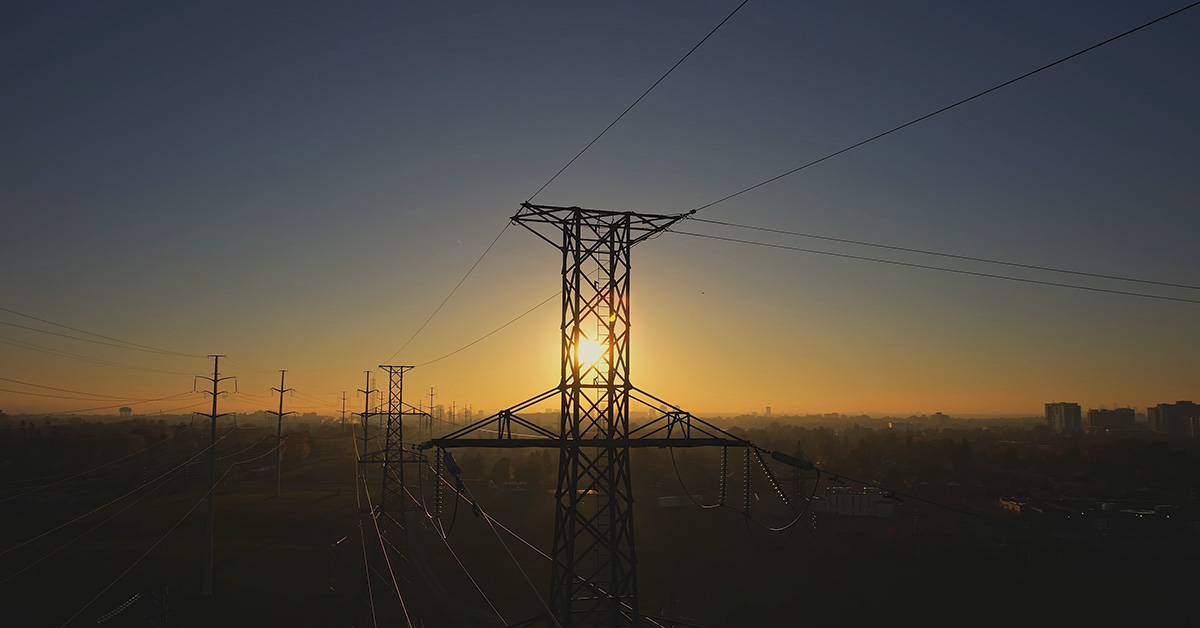At midday on April 28, 2025, a sudden blackout plunged the Iberian Peninsula-a European region that includes Spain and Portugal-into darkness. In the span of just a few minutes, power failures across the electricity grid left millions without power. This disrupted transport, halted business operations, and even led to tragic fatalities as emergency services buckled under the strain. The blackout, which lasted for hours in many areas, was not the result of a single catastrophic event. Rather, it is a complex web of technical and structural vulnerabilities exposed by the region’s rapid adoption of renewable energy.
Normal Operations Before Spain and Portugal’s Power Failure

As midday approached, no abnormalities appeared in the grid. Renewable energy, especially during Spains sunniest days, accounts for more than half of the country’s electricity. Their main source of renewable energy coming from photovoltaic solar energy. This high share of renewables, particularly during the sunniest hours, is not unusual for Spain, which last year recorded that 56% of all energy used was renewable. Demand was normal, and the system appeared stable.
Disaster Strikes

However, just after 12:30 p.m., a series of rapid, unexplained fluctuations rippled through the grid. These oscillations destabilized the grid’s frequency, which normally cycles at a regulated 50 hertz. In response, automated systems at multiple power plants, including large solar facilities and the few operational nuclear plants, disconnected from the grid to protect themselves from an overload. The grid’s safety mechanisms, designed to prevent equipment damage, instead triggered a widespread blackout.
With a sudden loss of generation and little reserve capacity available, the imbalance between supply and demand went out of control. A catastrophic loss of around 15 gigawatts of power was then experienced. This loss of power was equivalent to about 60% of the country’s supply at that moment.
Confusion greeted Spain and Portugal’s power failure in the first few minutes. The disruption of telecommunication lines across the region worsened the situation. The blackout quickly spread to Portugal and parts of southern France. It stopped trains, grounded flights, and brought cities to a halt. Hospitals and emergency services scrambled to switch to backup generators, while mobile networks and bank machines failed. Spain and Portugal’s power failure lasted more than 12 hours in some areas. This made it one of the most significant blackouts in recent European history.
What caused Spain and Portugal’s Power Failure?
While the immediate cause of Spain and Portugal’s power failure remains under investigation, authorities have ruled out cyberattacks. They have also ruled out deliberate sabotage. Initially, Portugal’s grid operator blamed a “rare atmospheric phenomenon.” This phenomenon caused anomalous oscillations in high-voltage power lines, possibly contributing to the cascading failures.
In Spain, grid operator Red Eléctrica noted a “strong oscillation in the power flow.” This triggered a massive loss of generation. Other contributing factors may have included a fire damaging a high-voltage cable in southwest France. The sudden disconnection of large numbers of solar plants in southwestern Spain may also have played a role.
However, early speculation that an oversupply of solar energy overwhelmed the grid proved incorrect. A sudden and severe imbalance in the grid’s frequency instead triggered the crisis, and available reserves or backup systems did not correct it immediately.
Solar plants, lacking the inertia of traditional power sources, are unable to respond quickly to frequency changes. When thousands of these plants disconnected at once, the grid was left without enough stable generation to maintain its balance. Storage, particularly pumped hydro, was already near capacity and could not absorb the excess or make up for the lost generation.
The Role of Grid Infrastructure and Interconnection
The Iberian Peninsula’s grid is relatively isolated from the rest of Europe, with limited interconnections to neighboring countries like France. This isolation meant that when the crisis struck, there was little opportunity to draw on external reserves or share the burden across a wider network. While stronger interconnections could have helped stabilize the grid, they also carry risks such as disturbances that can sometimes spread across borders.
The incident has highlighted the urgent need for investment in grid modernization, including better frequency control. Better infrastructure to handle and manage the shift to renewable energy sources would help prevent future catastrophes such as Spain and Portugal’s power failure. As Spain and Portugal continue to lead Europe’s renewable energy transition, ensuring the resilience of their power systems seems of highest priority.
Preventing Future Outages
In the aftermath of the blackout, officials and grid operators pledged to investigate root causes. They also promised to implement measures to prevent a recurrence. Experts call for a balanced approach: rapid deployment of renewables alongside investments in grid stability, storage, and interconnections. The International Energy Agency warns the world must double down on grid infrastructure to support the energy transition and avoid similar crises.
Looking Ahead
The April 2025 blackout was not a failure of renewable energy, but a wake-up call for policymakers and grid operators. This is an urgent concern that requires technical expertise, transparent decision-making, and coordinated grid management. As Europe and the world accelerate their shift to clean energy, the lessons from Spain and Portugal’s power failures are crucial. These lessons will help build a resilient, reliable, and sustainable power system for the future.
Read More: UK City Centre Hit by Power Outage, Just One Day After Major Blackout in Spain

